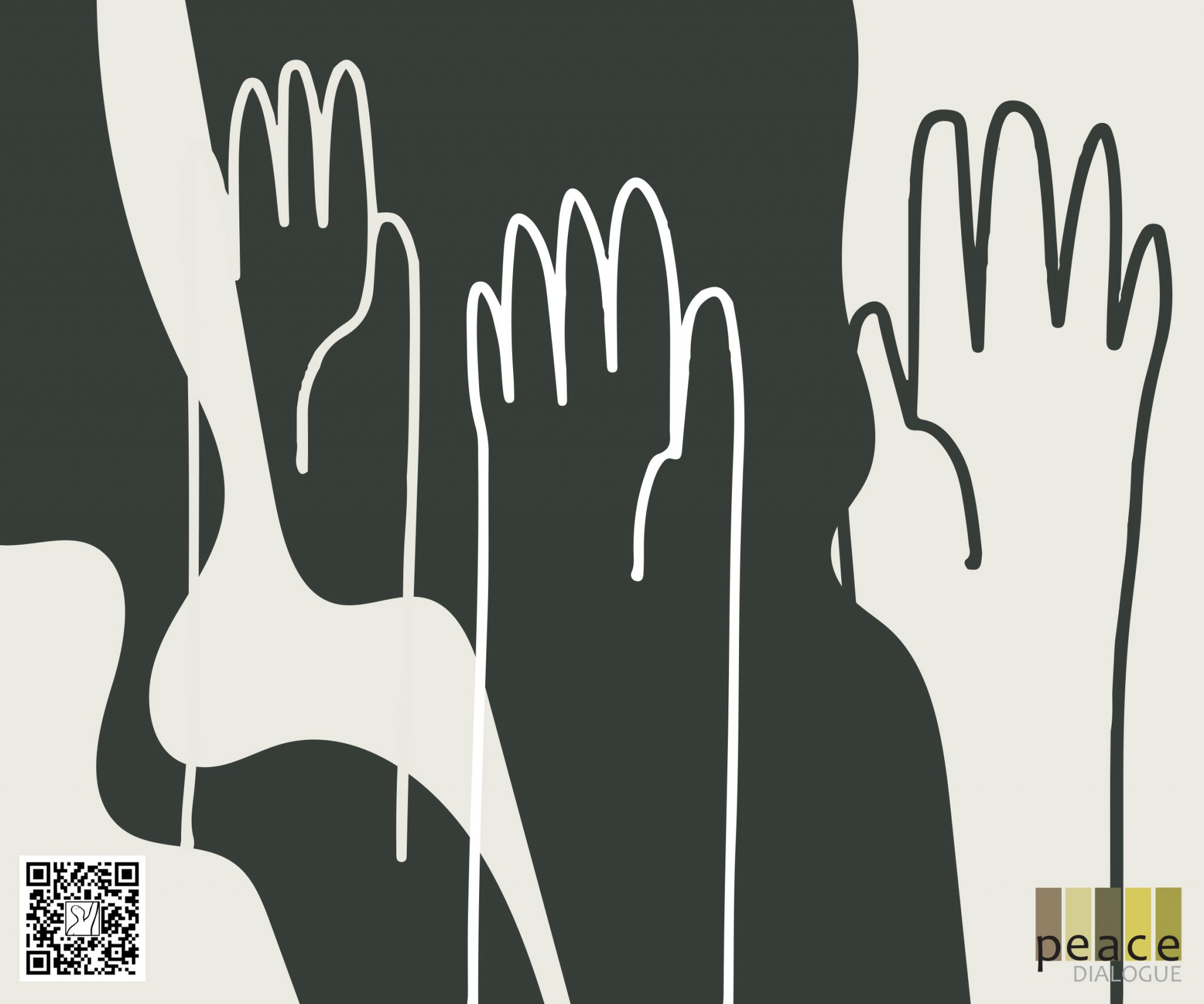
© 2022. ILLUSTRATION BY PEACE DIALOGUE
A number of studies have been conducted and published regarding the state of human rights in the armed forces of Armenia, the problems in the army, and the attitude of citizens (including conscripts) towards military service. Unfortunately, some of the most critical issues in the military remain unresolved, and still there are numerous cases of gross human rights violations, also stemming from the lack of in-depth research and analysis about their causes.
This research and report, unlike other studies, is solely based on the interviews of the primary data carriers, citizens who have completed military service, and the results of those interviews. The research team interviewed 112 former conscripts, most of whom had served in the military within the last five years which suggests that the information they provided is relevant and up-to-date. Moreover, the vast majority of interviewees had also participated in military operations.
The research aims to reveal the servicemen’s attitude towards military service, military staff, and fellow servicemen, as well as find out the manifestations of the most common human rights violations in the armed forces, opinions about the law enforcement agencies in the military sector, the reasons for those, and the effectiveness of particular institutions inlaid in the army. The collection, systematization, and analysis of data on the listed phenomena are aimed at creating an informational basis for solving various problems in the armed forces or, at least, for assisting further, more targeted, and in-depth research in this direction (including those conducted by the government agencies of the defense sector).
The interviews were carried out with a unique methodology by posing interrelated and complementary (checking) questions. The primary task was to get the most credible information from former servicemen by creating an frank and safe psychological atmosphere for communication. In several cases, the respondents refused to answer some questions, and the analysis shows that these are the questions perceived as “dangerous” by the former servicemen (for example, questions related to witnessing ill-treatment, or to those who committed it, etc.). Obviously, answering these questions would likely increase the proportion of negatively inclined data (survey results), not the other way around. However, the report’s analyzes and conclusions were based only on the accurate responses.
The report is summarized with main conclusions based on the combined analysis of the interview results. The list of findings is not comprehensive, as the collected data have essentially an ambiguous nature. Thus, their alternative study may lead to many other conclusions. In some cases, at first glance, it may seem that some conclusions are “well-known facts” about military service, but, firstly, their credibility does not cast any doubt; secondly, they reflect patterns, not unique cases; and lastly, they examine today’s military service itself, not to the realities of the past.
You can read the full analyses in the link below.
![]()
Analysis of Interviews Aimed at Identifying Human Rights Issues in Armenian Military Forces (PDF, 2,5 Mb)
The report was published by Peace Dialogue NGO within the framework of a grant provided by the European Endowment for Democracy (EED).
PEACE DIALOGUE NGO BEARS ALL RESPONSIBILITY FOR THE CONTENT OF THIS PUBLICATION. ITS CONTENT DOES NOT NECESSARILY REFLECT THE VIEWS OF THE EUROPEAN ENDOWMENT FOR DEMOCRACY (EED).




